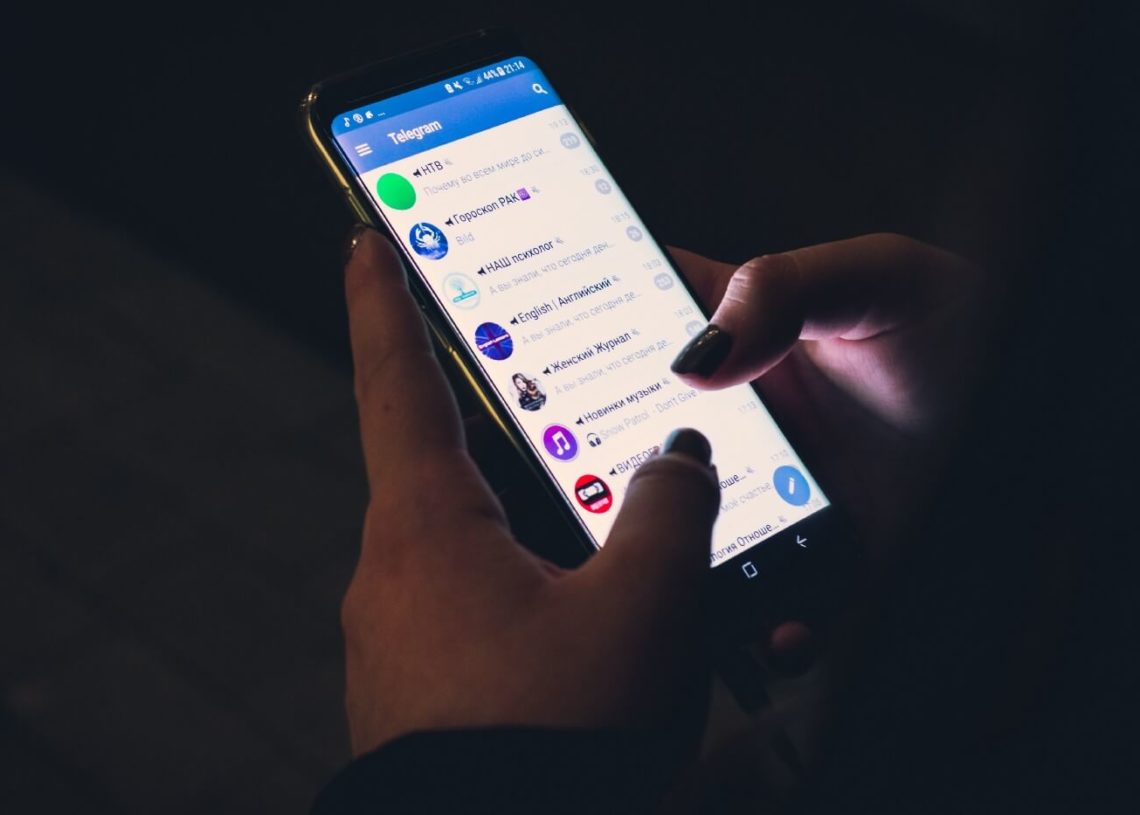Using Python to build your Telegram bot is a great way to get started with building chat applications. In this tutorial, we’ll walk through creating a simple telegram bot that responds to user messages by sending them back a list of emojis.
Introduction
Telegram is a messaging app (中文电报app)with a focus on security and speed. It’s super-fast, simple, and free.
Telegram seamlessly syncs across all of your devices and can be used on computers, tablets, and phones alike. You can send an unlimited amount of messages, photos, videos, and files of any type (.doc, .zip, .pdf, etc.). Telegram groups have up to 200 people and you can share large videos with up to 1GB. What’s more? There are no ads or subscription fees.
Step 0. Setup your Telegram account and get your ID
You will need a Telegram account and your ID. You can either create an account on the app or web or sign up with your phone number. After signing up go to Settings > Privacy and Security > Find yourself on Telegram and click on “Show QR code”.
This will open up a camera viewfinder in the app. Scan the QR code displayed on your screen by pointing your camera at it, then press “Scan” to be redirected to this website’s homepage (if you’re using a mobile device).
Once you’re on the homepage, click “Let’s go!” to proceed. If you want to skip this step and sign up directly with your phone number, click here: https://telegram.me/signup
Step 1. Install the Telegram library
The first step in creating a Telegram Bot is to install the library.
To do this, you will need to visit the telegram bot python library’s website and download it from there. You can find the official library on GitHub here: https://github.com/vivithemage/python-telegram-bot
Once you have downloaded it, open up your terminal (you can also use Git Bash if you are using Windows) and navigate to where you saved your file (using cd). In my case, I downloaded it into a folder called “TelegramBots” inside of my user folder:
File path: C:\Users\Me\Desktop\TelegramBots\telegram_bot_library>cd Desktop
Step 2. Create sessions and create a bot
Now that you have a basic understanding of how a telegram bot works, it’s time to start building your own.
To build bots for Telegram(Telegram中文应用), we need first to import the necessary modules and create instances of some objects. For this purpose, we will use:
-telegram library and its Bot class (which represents a bot)
-time library (to get the current time and date)
-DateTime module (to format dates properly in different places)
logging module (to log the messages in a file) To use these modules, we must first import them. So let’s start with this:
Step 3. Adding a message handler and startup code
Now that you know the basics of how Telegram works and how to set up a bot, it’s time to start building your application. The first thing you need to do is import the telegram library and create a Telegram object:
import telerobot from ‘teleport-client’;
const b = new teleport(‘YOUR_TELEGRAM_BOT_API_KEY’);
After this, you’ll want to add a message handler that will be triggered when users send messages containing “startup code.” This is where we’ll request their permission for our app (using user. permission() ) and then send them back an approval message so they know that we have their permission. In addition, here’s where we will also store the user’s name and profile picture in memory so we can show it later on when they use our app:
b.addMessageHandler(function(message){
if(message.text === ‘startup code’){
//Make sure they’ve granted us permissions for this bot
You can use Python to build your telegram application
You can use Python to build your telegram application. Telegram is a messaging app, and Python is a programming language.
If you’re new to coding, this guide will help you get started with your first telegram app.
Last word
I hope you’ve enjoyed this tutorial on how to build your telegram application. If you have any questions, please reach out to me in the comments below or by email at [email protected]










